We’ve learned a few Gaeilge words in Irish Firebrands, and now we’ll put together some phrases, found on the Irish Vocabulary menu, above. To hear the pronunciation, copy the bold words and paste them into the box at abair.ie, and push the “Synthesise” button. The page will re-load, and then it will speak.
Ireland is officially a bilingual country, but the Irish language is struggling to survive. It lacks the kind of comprehensive vocabulary that would enable it to be used easily in science, industry and world trade, and the three regional dialects compete with the recently standardized version that is taught in school. The maps below illustrate the decline of the Gaeltachts (Gaeilge-speaking areas) since the early 20th Century.
Irish is compulsory for most schoolchildren, government websites and documents are offered in Gaeilge and English, road signage is usually bilingual, and there is some amount of Irish-language TV programming (with English subtitles). Remedial Irish summer schools are held in the Gaeltachts for all ages. But there are no major newspapers or magazines published in Gaeilge, and more people seem to be interested in preserving Irish music and dance – after all, that’s what tourists will pay to see.
 Irish is taught in the USA at the University of Notre Dame, Indiana, which offers it in Undergraduate majors and minors, as well as Graduate degrees.
Irish is taught in the USA at the University of Notre Dame, Indiana, which offers it in Undergraduate majors and minors, as well as Graduate degrees.

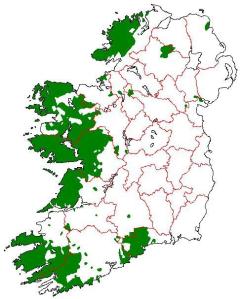


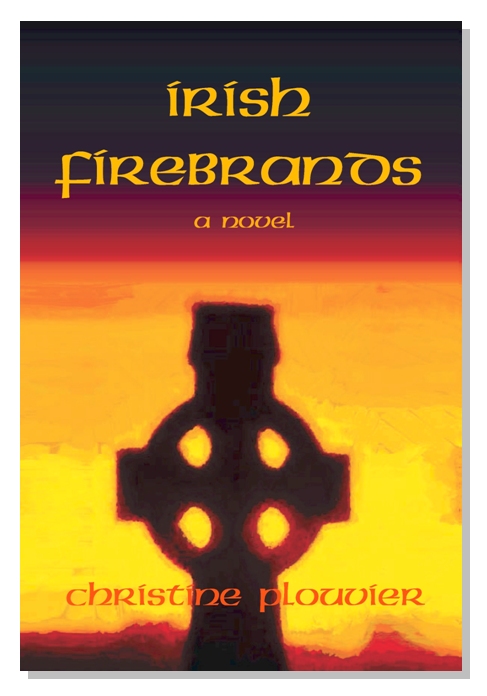
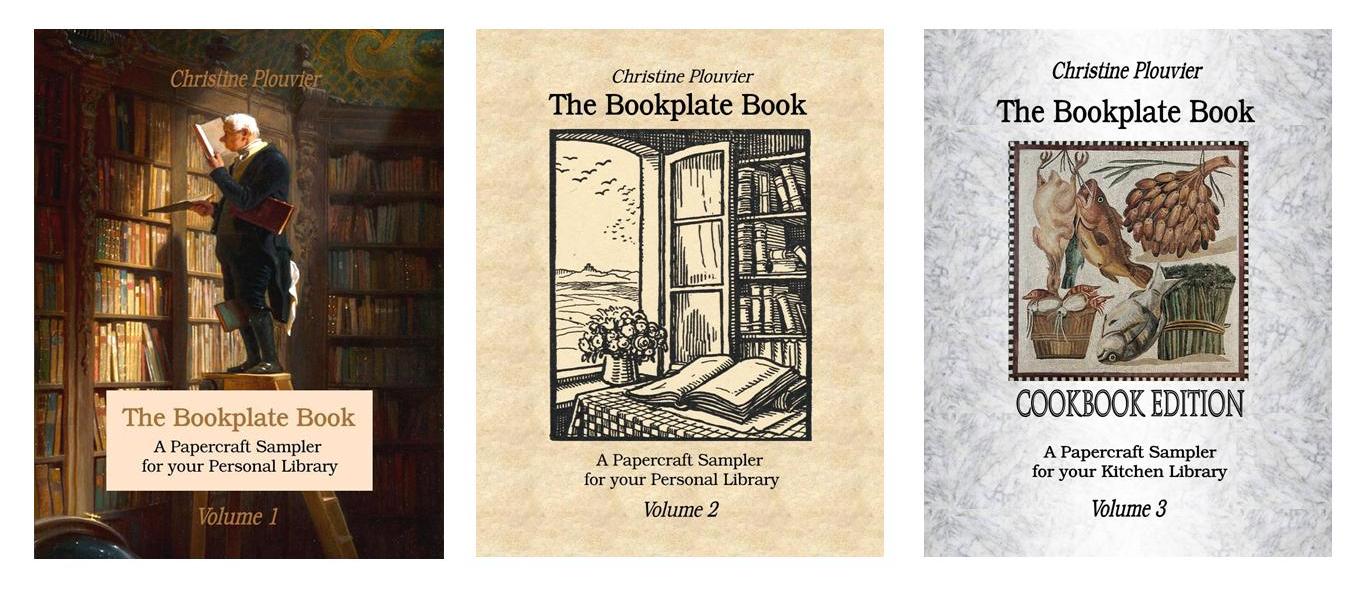


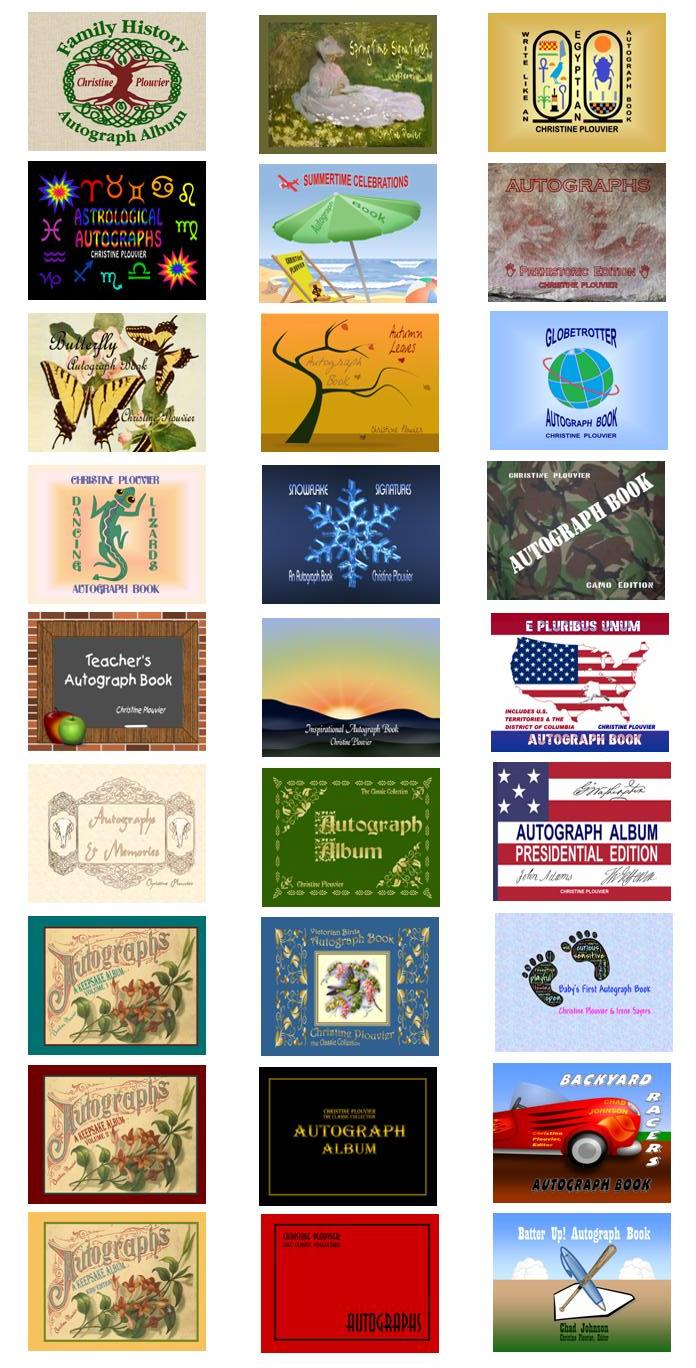

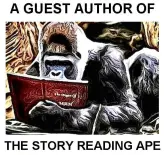


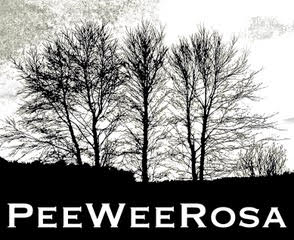



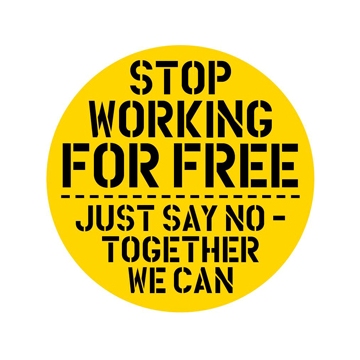






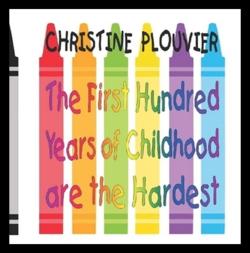
It’s sad to see the changes. I hope they can find a way to revitalize the learning of the language.
LikeLiked by 1 person
It’s a volatile subject, over there. Some think that making the language compulsory contributed to the decline. It was interesting to me to learn that many Gaeilge experts have been non-Irish people from Germany and Scandinavia.
LikeLike
Really? Wow, that is interesting!
LikeLiked by 1 person
A really interesting post, it is sad to see languages that are slowly dying 😦
LikeLiked by 1 person
Yes, and especially in a place like Ireland, which had an ancient history of bouncing back from depopulating events, and successfully assimilating foreigners, who became “more Irish than the Irish.” After looking at earlier maps, I came to the conclusion that the beginning of the end was in the mid-19th Century, when Irishwomen began to emigrate in large numbers, and many remaining Irishmen were not marrying. The hand that rocked the cradle belonged to the voice that taught the child to speak, but the number of monolingual Gaeilge-speaking mothers dropped to a linguistically unsustainable level.
LikeLike
That’s very interesting. I had no idea the language was dying. 😦
LikeLiked by 1 person
Theoretically, everybody’s bilingual, but when I visited the Republic back in ’09, the only time I heard spontaneously spoken Irish was by two teenagers on the airplane. And now that emigration again has been bleeding off thousands of young people to the Anglophone countries for six years, even if any of them come back, it’s unlikely there will be many stay-at-home-mums speaking Irish to their babies. The cost of living there requires two wage-earners, and I have a hard time imagining childcare workers at creches being able to pick up the language acculturation slack.
LikeLike
Wow, that’s just sad. Very disappointing. But your knowledge of everything Irish is very impressive indeed. 🙂
LikeLiked by 1 person
Go raibh maith agat! 😉
LikeLike
LOL! 😀
LikeLike